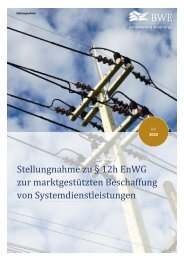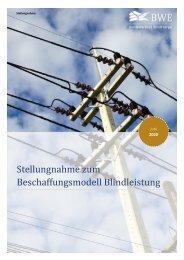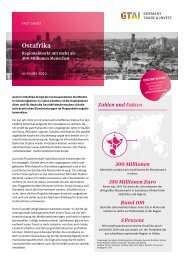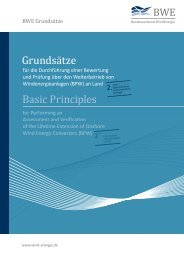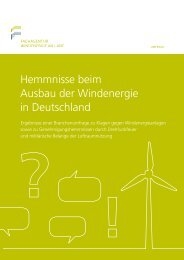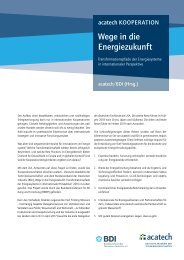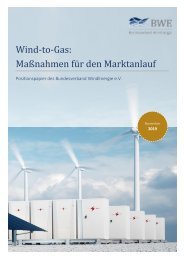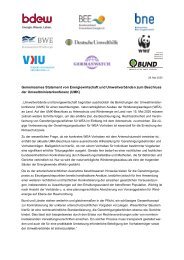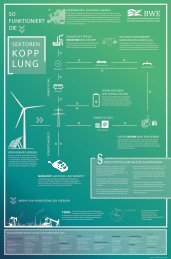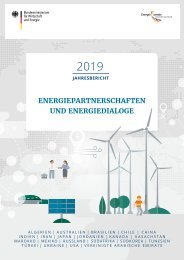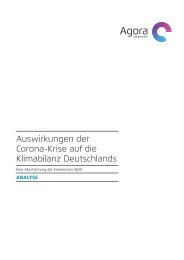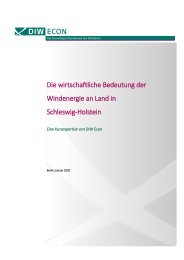Making transition work - Wind Europe
This report provides clear elements on how to make transition work in the coming decade. It provides recommendations to policymakers on how to facilitate a swift transformation of the energy system and considers the policies that will make Europe the best choice for those investing in renewables.
This report provides clear elements on how to make transition work in the coming decade. It provides recommendations to policymakers on how to facilitate a swift transformation of the energy system and considers the policies that will make Europe the best choice for those investing in renewables.
You also want an ePaper? Increase the reach of your titles
YUMPU automatically turns print PDFs into web optimized ePapers that Google loves.
<strong>Making</strong> <strong>transition</strong> <strong>work</strong>: an integrated energy system<br />
FIGURE 17<br />
Global sales of light duty electrical and internal<br />
combustion engine vehicles<br />
200<br />
The residential sector also holds a huge potential for<br />
electrification. Various technologies such as induction<br />
cooking, heat pumps, smart technologies controlling<br />
energy consuming appliances, and direct heating based<br />
on electricity are available in the market.<br />
Million<br />
150<br />
100<br />
50<br />
In the industrial sector, devices such as resistance,<br />
induction and microwave heating, arc furnaces, or heat<br />
pumps can be used to considerably lower heating carbon<br />
emissions.<br />
All these are established technologies, whose deployment<br />
is further accelerated by the ongoing digitisation of the<br />
economy. It is in the primary economic and environmental<br />
interest of the <strong>Europe</strong>an Union to facilitate the adoption<br />
of these technologies.<br />
2000 2010 2020 2030 2040<br />
Internal combustion engine vehicles<br />
Electric vehicles<br />
Source: International Energy Agency, 2015<br />
A number of regulatory barriers are holding up<br />
electrification at households and industries. An example is<br />
the way electricity bills are taxed and levied. In Denmark,<br />
for instance, the use of wood chips for heating production<br />
FIGURE 18<br />
Electric vehicles and electricity demand<br />
3,000 40,000<br />
Battery demand for cars (TWh)<br />
2,500<br />
2,000<br />
1,500<br />
1,000<br />
500<br />
38,000<br />
36,000<br />
34,000<br />
32,000<br />
30,000<br />
28,000<br />
26,000<br />
24,000<br />
22,000<br />
20,000<br />
2012 2015 2020 2025 2030 2035 2040<br />
Global electricity demand (TWh)<br />
<strong>Europe</strong> USA China<br />
Japan<br />
RoW<br />
Global power generation including EVs (secondary axis)<br />
Electricity demand without EVs (secondary axis)<br />
Source: Bloomberg New Energy Finance, New Energy Outlook 2016<br />
38 <strong>Making</strong> <strong>transition</strong> <strong>work</strong><br />
<strong>Wind</strong><strong>Europe</strong>



